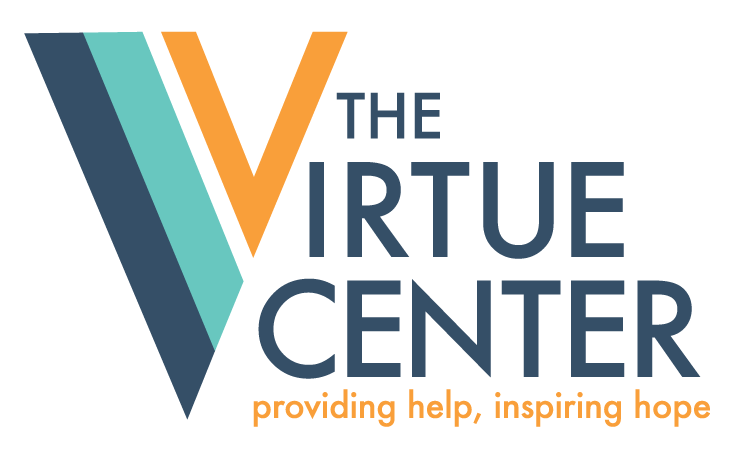A NATIVE AMERICAN JOURNEY WITH TRAUMA AND ADDICTION
“My dad was an alcoholic also…. both of my parents really were. My dad said his father was ‘indulgent’ as well. How far back does this go?”
My client’s painful search for answers to the problems and reasons behind his disease.
“It’s a curse. My family passed down addiction instead of inheritance. My parents are dead now and I am left with this sickness.”
Another client, expressing her anger and resentment towards her family and her substance use disorder.
“I don’t feel normal. I don’t want to use substances, but I do.”
“All of my family uses drugs or alcohol, pick your poison, they all do it”
I am reminded of graduate school lectures around epigenetics, intergenerational transmission of trauma, and multi-generational addiction. I return to the present: these people and their stories about trauma and addiction. It’s powerful, overwhelming, and incredible.
Maria Yellow Horse Brave Heart has researched these topics at length. Dr. Brave Heart tells us historical trauma wounds us over the lifespan and across generations. She tells us historical unresolved grief goes hand in hand with that trauma. She teaches us about the historical trauma response, which is the reaction of a large group to trauma. One of the features of the historical trauma response is substance abuse.
A massive group of people, experiencing massive trauma, and alarming rates of substance abuse.
SAMHSA data reveals:
Compared with the national average for adolescents aged 12 to 17, Native adolescents had the highest rates of lifetime tobacco product use, marijuana use, nonmedical use of pain relievers, and nonmedical use of prescription-type psychotherapeutics.
From 2003-2011, AI/AN were more likely to need alcohol or illicit drug use treatment than persons of other groups by age, gender, poverty level, and rural/urban residence.
The research and the data on Native rates of trauma and addiction is heartbreaking. These people, my people, are suffering. But I remember there is a second half of this story. A story of resilience and healing. We listen to our clients and show unconditional positive regard and empathetic understanding. In doing this, we allow them to process, we help them identify their strengths, and we watch as they empower themselves to make change.
There are interventions, there is healing, and there is HOPE.
Resources and Readings:
Heart, M. Y. H. B. (2003). The historical trauma response among natives and its relationship with substance abuse: A Lakota illustration. Journal of psychoactive drugs, 35(1), 7-13.
Heart, M. Y. H. B., Lewis-Fernández, R., Beals, J., Hasin, D. S., Sugaya, L., Wang, S., ... & Blanco, C. (2016). Psychiatric disorders and mental health treatment in American Indians and Alaska Natives: results of the National Epidemiologic Survey on Alcohol and Related Conditions. Social psychiatry and psychiatric epidemiology, 51(7), 1033-1046.
Heart, M. Y. H. B., & Horse, M. Y. (2005). Best practices for co-occurring disorders in American Indian and Alaska Native communities. DRAFT COPY, 165.
Heart, B., & DeBruyn, L. M. (1998). The American Indian holocaust: Healing historical unresolved grief. American Indian and Alaska native mental health research, 8(2), 56-78.
Coyhis, D., & Simonelli, R. (2008). The native american healing experience. Substance Use & Misuse, 43(12-13), 1927-1949.
Coyhis, D., & White, W. L. (2002). Alcohol problems in Native America: Changing paradigms and clinical practices. Alcoholism Treatment Quarterly, 20(3-4), 157-165.
https://www.samhsa.gov/sites/default/files/topics/tribal_affairs/ai-an-data-handout.pdf
https://www.integration.samhsa.gov/clinical-practice/Native_American_MI_Manual.pdf
WRITTEN BY RACHAEL WINKLES, LMSW-P
